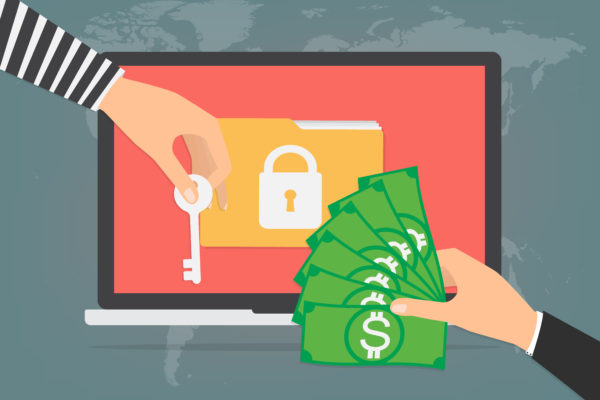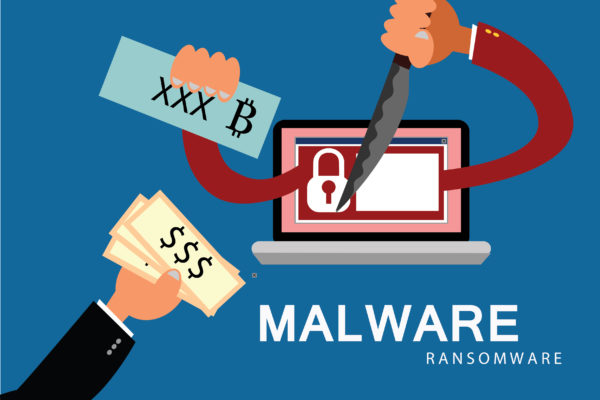Ransomware and The Damage It Causes
Ransomware is a malicious software, when attacks a system, it encrypts all files and data. The system is hacked for the time and the user cannot access it unless a ransom is paid. These cyber criminals then have the power to delete and corrupt all your important data, files and software if the amount demanded is not met or is delayed.
If the ransom is paid to the cyber criminals, they then provide decrypting codes that do not guarantee the complete safety of your data and ensure ransomware recovery.
Ransomware was developed to threaten organizations, campaigns, and businesses, to make big sales out of it. And the ransomware market is thriving off of ransomware software and phishing attacks. These cybercriminals have become sophisticated in their techniques and have advanced their horizons to smartphones as well. Any online device can be attacked and will only be restored if the money is given to them.
Companies are normally advised not to pay the ransom, but instead invest money in strong cybersecurity systems, tools, software and ransomware recovery. Since the cost of recovering the systems and resuming work is far greater than investing in a good fool-proof security plan.
According to Bitdefender, the ransomware payments hit a record of $2billion in 2017. You can imagine how severe the attacks can be for them to make such big figures. These cyber criminals run proper targeted campaigns- they once attacked files, that video gamers cherished and saved them in local drives or external drives, with contents like downloaded games, maps, and other important information.
Measures to take After a Ransomware Attack
Note that placing proper security plans in place doesn’t guarantee 100% safety, but you can take extra precaution. These six steps can be taken after the attack:
- Identify the kind of attack- there are two kinds, one is screen-locking and the other is encryption attack. Identify what are you dealing with and then see what options of ransomware recovery you have at your disposal. Check how many files you still have to access, save those immediately before it spreads.
- Disconnect Immediately- Since it is a cyber attack and requires systems to be connected through a network, disconnect when attacked, so it doesn’t spread any further and any other systems via a shared network.
- Note details of ransom demanded- take a picture of the ransomware, the message displayed by the cyber attackers and report to respective authorities.
- Activate your response plan- the policies you have set when a data breach happens, follow through that which may include notifying stakeholders along with other necessary measures.
- Research- you need to study the ransomware recovery process and how it can be dealt with if there are any online security software that can handle such breach and recover data. Also, if there is a way to decode the encrypted files without giving in to their demands. If all research fails, then turn to the cybersecurity authorities.
- When all fails, take the hit and recover from backups- make sure you have an antivirus installed before you recover from backups.



